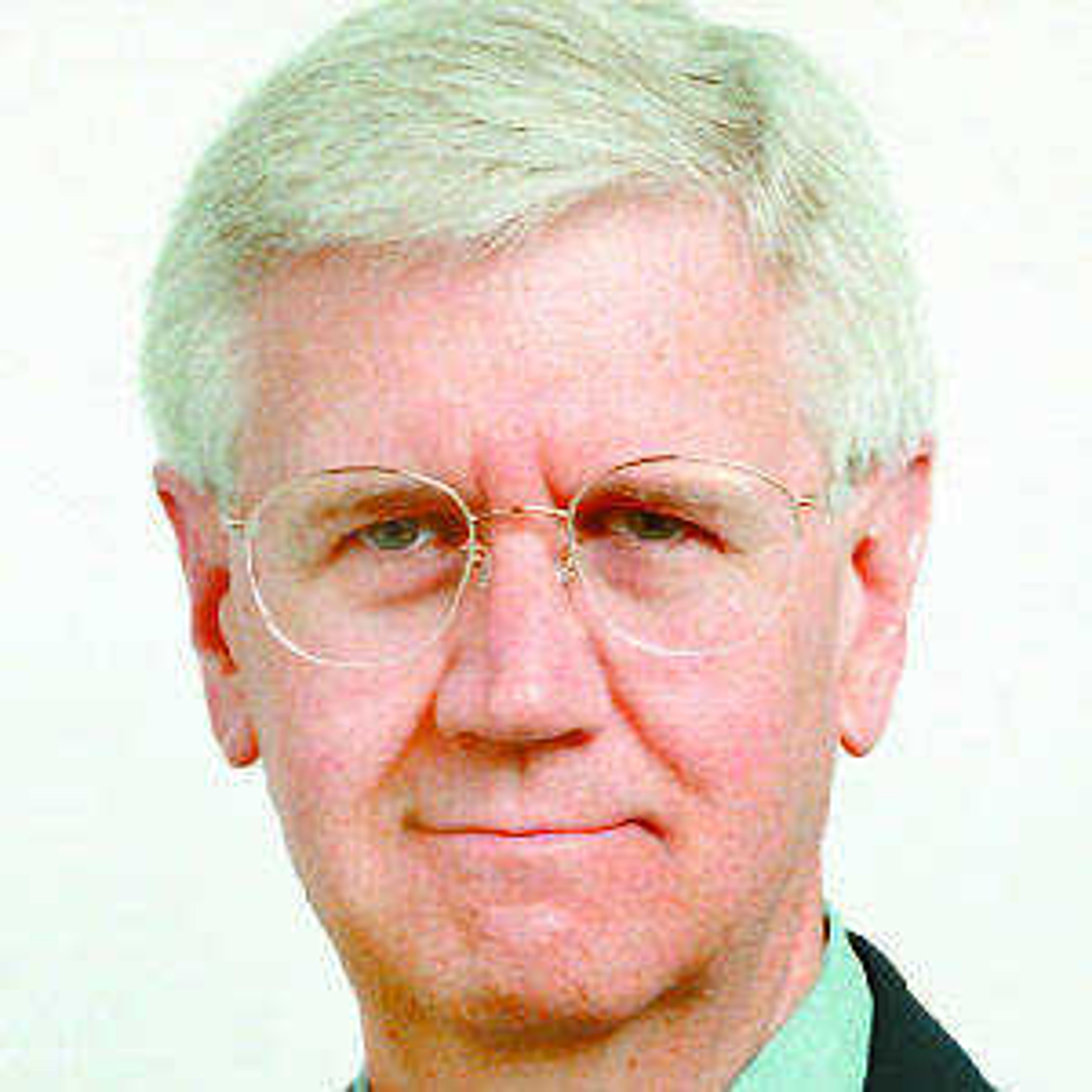Let it rain
My late brother lived, for several years, in Monterey, Calif., not far from Pebble Beach and its world-class golf. He did not golf. While a resident of Monterey, David came for a visit and was fascinated as he sat in our Cape Girardeau family room and watched the Weather Channel...
My late brother lived, for several years, in Monterey, Calif., not far from Pebble Beach and its world-class golf. He did not golf.
While a resident of Monterey, David came for a visit and was fascinated as he sat in our Cape Girardeau family room and watched the Weather Channel.
When I asked what someone with a doctorate, someone on the faculty of the Naval Post-Graduate School, found so engrossing in weather reports, he replied: "We don't get the Weather Channel in Monterey."
I thought this was odd. "Why not?"
"What would they report in a community where it's 80 degrees and sunny every day?"
Both our sons, one in Boston and the other in Dublin, have remarked from time to time how they miss Missouri thunderstorms, the kind where lightning cracks and thunder shakes the house while sheets of wind-driven rain flood the streets.
Yes, it rains in Boston and Dublin, but all-out frog-chokers are rare.
I've noticed a trend in local weather reporting these days. I attribute it to all the radar gizmos now being used to track even modest spring showers.
This trend is to treat every cloudy day as a potential Day of Death and Destruction.
The weather folks at KFVS12 -- I consider them to be heads and shoulders above any of the other broadcast outlets -- are collectively called the "StormTeam" -- not the WeatherTeam or the RainbowTeam or SunshineTeam. Obviously, storms make more news than sunny days, but the weather is not all storms.
Nor is every storm a destructive tailspin for civilization as we know it.
These days, radar systems tell us how big the hailstones will be -- potentially -- in every thunderhead that wanders our way. Sometimes the hail turns out to be that big. Sometimes it doesn't. Sometimes there is no hail at all. Many folks have aching joints that are just as accurate.
As I see it, the sophisticated forecasting tools available to the National Weather Service and local weather forecasters can warn us of impending tornadoes, which is a good thing, but they can also scare the bejabbers out of us as spring weather does its thing.
When was the last time you enjoyed a heavy downpour and claps of thunder?
If your TV was on, you were subjected to a reduced-size screen with maps of watches and warnings and crawling messages telling us that this may not be the end of the world, but you never know, so take shelter.
It's hard to appreciate the sight, sound and smell of a decent spring shower when the weather experts are creating computer animations that show the Storm From Hell -- possibly -- is headed straight for your house.
And listen to the language used by forecasters these days: Thunderstorms "threaten" Iron County.
That is a fair-sized county, and its 10,000-plus inhabitants are spread mostly over wooded hills and grassy valleys. To truly "threaten" Reynolds County, a storm would have to cut something close to a 40-mile-wide swath of destruction.
As a boy growing up on Killough Valley in the Ozarks over yonder, I did not enjoy hoeing the garden. As I chopped the dirt around the radishes and cucumbers and beans and tomatoes, I kept an eye on the western sky, hoping for a cloud that promised enough raindrops to halt my feeble attempts at cultivation.
For generations, humans in Southeast Missouri have been watching the western sky. I appreciate tornado warnings, which have saved countless lives. The rest of time I like to let the weather take me by surprise. Monterey has it right.
jsullivan@semissourian.com;
Connect with the Southeast Missourian Newsroom:
For corrections to this story or other insights for the editor, click here. To submit a letter to the editor, click here. To learn about the Southeast Missourian’s AI Policy, click here.










